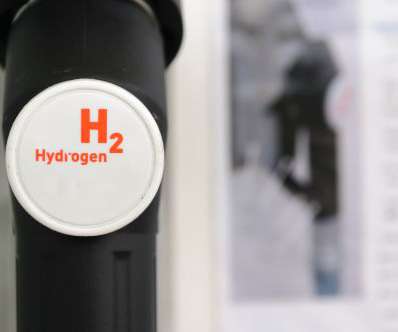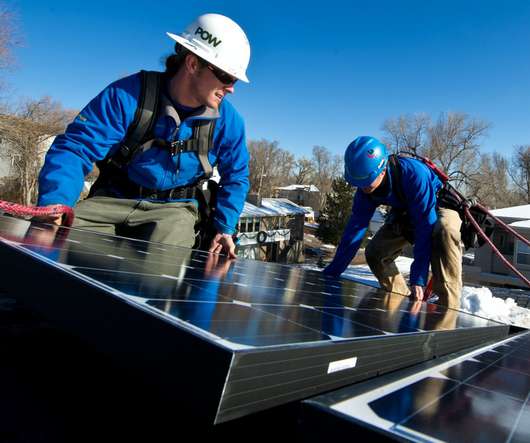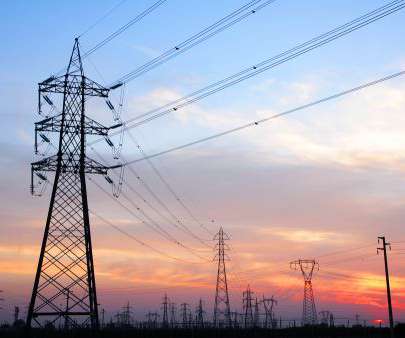Can the US Catch Up in the Green Hydrogen Economy?
GreenTechMedia
OCTOBER 5, 2020
needs a massive green hydrogen industry to decarbonize its electricity, transportation and industrial sectors, and major investments and policy changes today to enable it to grow to its full potential in the decades to come. million metric tons of hydrogen per year, with an estimated value of about $17.6 The “Roadmap to a U.S.














Let's personalize your content